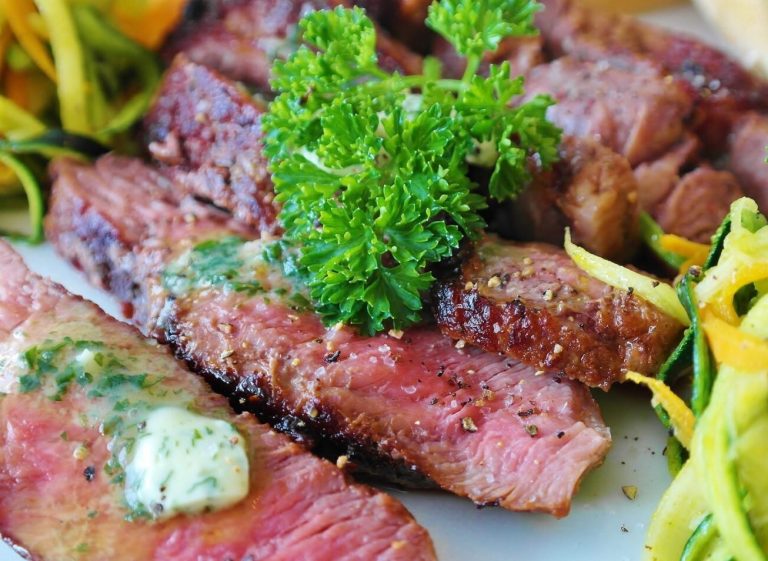
Iron deficiency and the anemia it causes remain an ongoing global health problem, one only exacerbated by the war on meat waged by climate alarmists, whose hostility to animal protein is a symptom of anti-human ideology. [emphasis, links added]
Growing up in South Asia, I observed Indian eating habits where doctors prescribed moderate amounts of red meat to people with severe anemia, especially women during pregnancy.
According to the World Health Organization, More than 40% of children and pregnant women in India and parts of sub-Saharan Africa are anemic.
The most common symptom of anemia is persistent fatigue, which is the result of iron-deficient red blood cells that are unable to adequately supply the body with oxygen. This condition puts a lot of stress on the cardiovascular system.
A study of 204 countries between 1990 and 2019 shows The most common cause of iron deficiency is a lack of heme iron in the diet, an element found in meat.
“Meat is considered an important source of iron due to its heme iron content, which is easier to absorb than the non-heme iron found in plantsAn article published in the UK reports that anemia is said to be a long-standing problem for the elderly, teenage girls and women of childbearing age.
Studies show that the heme iron in meat can also enhance the absorption of non-heme iron from foods eaten during the same meal.
Cooked beef has the highest heme iron content, followed by lamb, pork and chicken.
According to 2021 data from the Institute for Health Metrics and Evaluation, Anemia rates are highest in the western region of sub-Saharan Africa, where 47% of the population is anemic.
Other severely affected regions are South Asia and central sub-Saharan Africa, with incidence rates of approximately 36% each.
in turn, In North America, Western Europe and Australia, where red meat consumption is high, anemia rates are less than 7%.
However, Red meat, especially beef, is unpopular with climate obsessives who claim that methane, a byproduct of cattle digestion, has the potential to heat the atmosphere to dangerous levels — an alarm that has no basis in science.
overwhelming evidence that Severe exaggeration of methane's warming potential fuels climate panic as well as nitrous oxide and carbon dioxide (CO2), the latter of which are important plant nutrients without which no life could exist.
Even some people worried about the man-made climate emergency admit Methane emissions from livestock farming are not a significant factor.
However, that hasn't stopped governing councils in some Melbourne suburbs from encouraging a switch to a “plant-based diet” to avoid “looming climate and ecological crises”.
“There is substantial evidence to suggest that the emissions associated with current dietary patterns—particularly the high and increasing rate of consumption of animal products—are likely to make it impossible to limit global heating,” warned the Yarra City Council in an 81-page document.
Not even the hot air blown by the largest herd is more annoying than what this nonsense produces.
The lifetime of methane in the atmosphere is very short, only 12 years. Through natural processes, methane is converted into carbon dioxide, which is used as plant food through photosynthesis.
Eventually, the methane emitted by the cows is recycled back into their bodies in the form of grass and other feed.
The warming effect of any substance [additional methane] — whether from animals, decaying vegetation or industrial activity — are too small to be detected.
It took centuries for human civilization to perfect the art of agriculture and animal husbandry to the point where it could produce enough iron-rich food for the world's eight billion people.
Having accomplished this extraordinary feat, some will impose a dystopia of meatless malnutrition in response to a non-existent climate crisis.
This is of course intolerable.
Top photo by Gonzalo Guzman
Learn more at the CO2 Alliance
